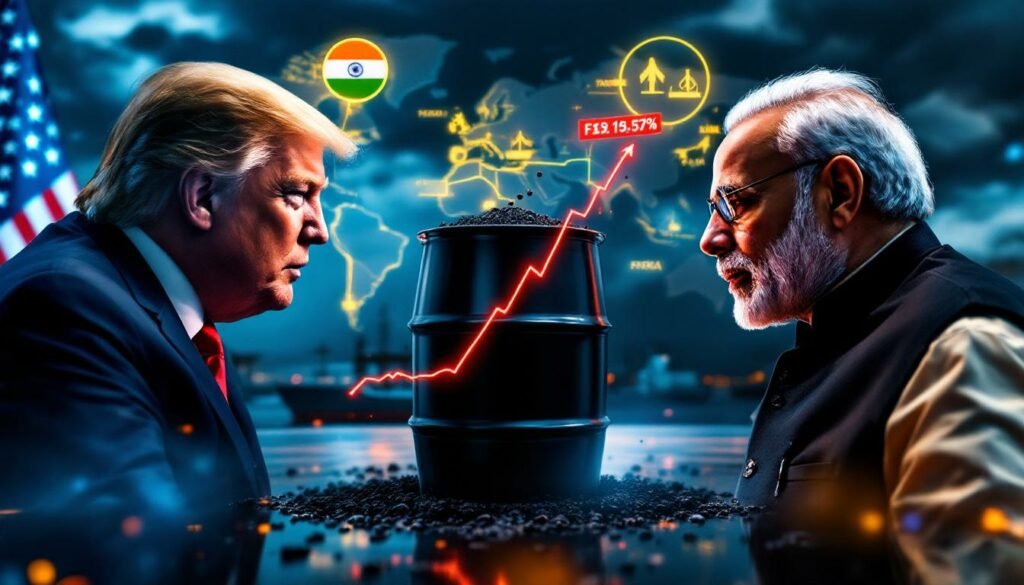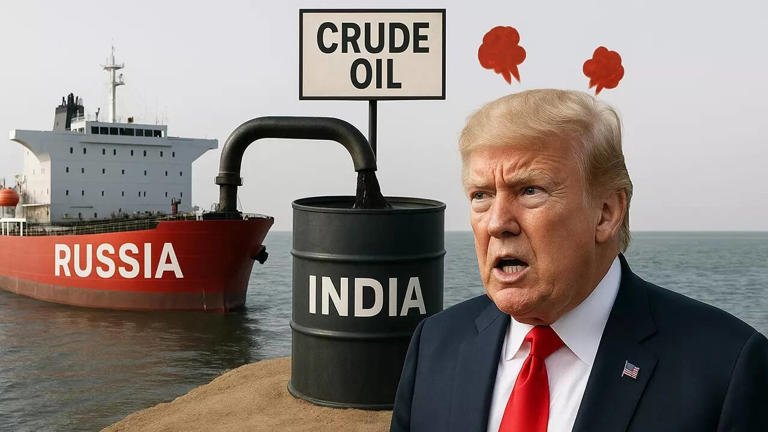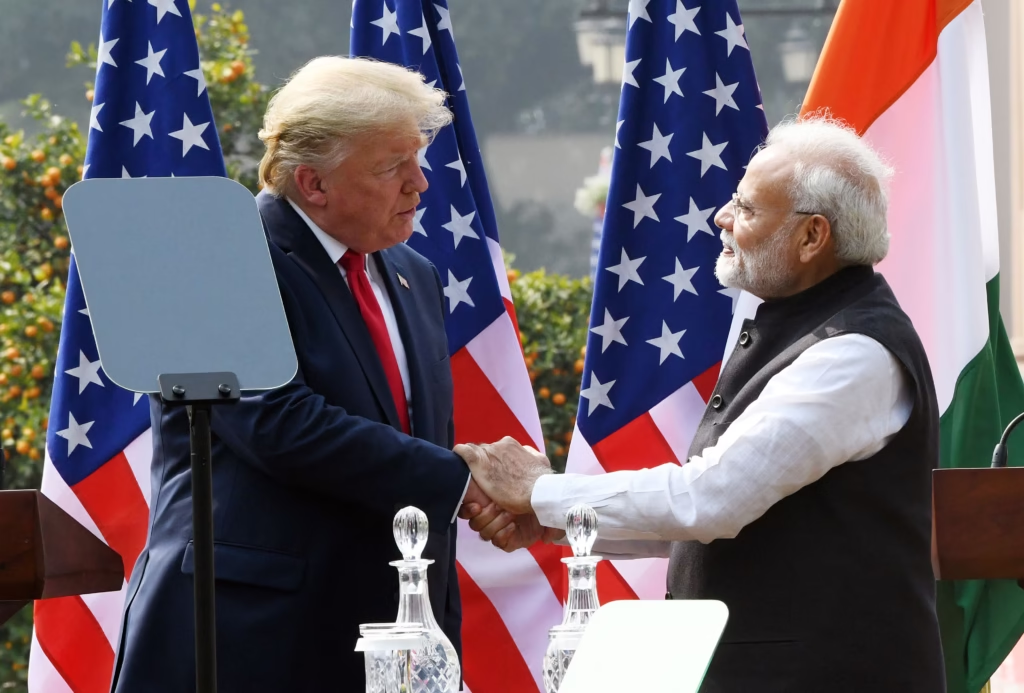
A measured step back after aggressive rhetoric
Following his new tweet where he added a further 25 percent sanction to Indian goods, stating it was related to New Delhi’s ongoing purchases of Russian oil, he has now also added a new note stating he has no intention of stepping up his game with what he previously termed as secondary sanctions. “If I need to, I will—most likely will. But if I do not, I will not,” he remarks, reinforcing the idea that there is room for modification depending on the diplomatic or market scenario. His remarks came after he had an Alaska meeting with Putin, where he had taken a much softer tone on immediate new measures.
What is being proposed, if anything?
What is now being discussed has stemmed from two completely separate policies. First of all, as to the secondary punishment regarding the increased 25 percent tax on the export of goods to the US. Indian import goods to the US, which after the increase of the tax will become 50 percent on some product lines. This was announced in late July and was to take effect at the end of August. Second, the possibility of imposing secondary tariffs or secondary sanctions on countries that keep on purchasing Russian oil. This second track is the one he now says he might not at all implement if the situation improves. For Indian industries, that nuance is what counts: the first is scheduled, the second is not.
The political message to Moscow—and New Delhi

Trump has suggested that “Russia lost an oil client, which is India.” Indian officials refute that crude sourcing in India’s oil trade is driven by simple supply and demand and is much more complex. Regardless, the framing fits into the narrative while the U.S. attempts to economically undermine the Kremlin’s oil revenue without destabilizing the market.
Markets, margins, and India’s refinery math
Since 2022, the Indian refiners have been benefiting from the discounted Urals and other grades of crude oil from Russia. Moreover, these also help Indian refiners to subsidize the price of fuel domestically. A higher U.S. tariff on Indian exports doesn’t legally halt India from purchasing crude oil from Russia but rather increases the cost for Indian firms selling their refined products and other non-energy goods to the U.S. While these goods might be refined at Indian firms, the complexity can lead to tighter margins, which can reduce the desire for buying Russian-linked crude oil—Brazilian crude, for example, can diversify the supply for feedstock. It appears like the White House is trying to find some leverage rather than going to the extreme right from the beginning.
Trade exposure: who feels it first?
The effects of a 25% add-on will differ by HS code, but some engineering items, leather goods and apparel, and certain petroleum product flows will likely face headwinds. Indian exporters have already flagged order deferral and price decline risks as U.S. buyers reassess landed costs. A metered, time-bound tariff combined with some diplomacy would limit damage. Prolonged uncertainty, however, would harm SMEs and supply-chain financing.
Why “maybe I won’t have to do it” matters

The softening line serves three functions:
- Signal management: retain Moscow’s engagement post-summit and avoid new shocks to the oil market.
- Negotiating space: push India for some visible action, like compliance with the price caps and diversified sourcing, while avoiding a public break with India.
- Domestic optics: Project Resolve to curb Russian aggression while managing inflation risks for U.S. consumers from energy sanctions. Trump, as noted by Reuters, also skipped immediate China penalties, marking a “two or three weeks” waiting period to reassess.
India’s Position and Possible Actions
New Delhi has framed the energy procurement issue as sovereignty and affordability, suggesting it will act in its national interest and follow the market. Expect India to:
- Rely on a multi-origin crude basket, including the Middle East, the U.S., and Latin America, to retain flexibility.
- Comply with and emphasize maritime and insurance norm compliance, resisting any undermining actions toward domestic price stability.
- Accelerate tariff off-ramp discussions with Washington, linking market-based compliance and substituting broad punitive triggers.
India’s Interests
- Effective date & scope: imposes the full 25% add-on on which Indian product lines and waiver/exclusion process (if any) are to be handled.
- Secondary tariffs: White House decision after its “re-evaluation window” on formalizing or shelving them.
- Crude flows & discounts: any sustained narrowing of the Russia-to-Brent discount and alternative competitiveness for Indian refiners.
- Shifts in Washington-Delhi engagement and any G7 price cap coordination updates.











